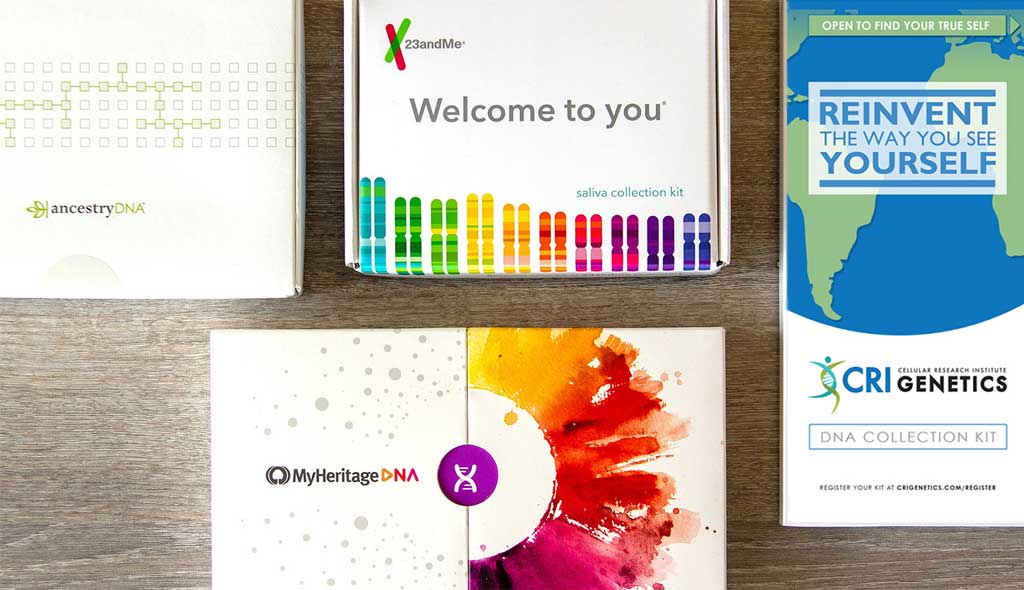
What is DNA testing?

Most of us know the term ‘DNA testing’, also known as genetic sequencing, from its use in crime solving and in paternity disputes (1). However, since the dawn of this century, considerable progress has been made in our understanding of DNA sequences. As recent as April 2003, the International Human Genome Sequencing Consortium announced the first completed version of the human genome sequence (2). (Further reading on human genome and its potential can be found in our previous blog (3).)
It was envisaged that completion of the human genome would unearth several complex biological pathways, and would accelerate the development of personalized treatment, a field popularly known as ‘Pharmacogenomics’ (4). However, to date we are still struggling to fully understand the massive human DNA sequence, which comprises 3 billion units of information, known as nucleotide base pairs. Although, there has been some progress in this direction with dozens of genetic-test-based FDA recommendations finding their way onto drug labels, warning of, or suggesting, the possible risk of adverse drug reactions or poor drug responses (5).
When did it start?
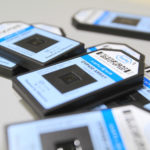
It did not take long for the pharmaceutical industry to realise the potential market for pharmacogenetic testing; Roche introduced an FDA approved Amplichip CYP450 test in 2004 (6). The test was designed to detect a series of genetic variations, known as ‘polymorphisms’, in the genes coding for cytochrome P450 enzymes – namely CYP2D6 and CYP2C19 – in a DNA sequence in a single run. The test could predict an individual’s ability to metabolize, or respond to, a specific drug treatment.
One advantage of the Amplichip CYP450, compared to traditional tests, was that it could be used on a wide variety of sample types, including saliva that is easily extracted using a non-invasive mouth brush called a ‘buccal swab’. However, it was the initiative of the company 23andMe to offer first saliva-based direct-to-consumer genetic testing (7). The company gets its initials from the 23 pair of human chromosomes present in every cell of the human body; one set is inherited from the mother and the other set from the father.
How is it possible?

Clearly, our cells contain information from the genetics of both of our parents, which gets intermixed during the fusion of the human male sperm with the female egg at the time of fertilization – a process called genetic recombination. The genetic information that we inherit from our parents is, in turn, remarkably similar to their respective parents, and studies have shown that a lot of this information remains preserved for centuries, in the absence of historical migration.
It was 23andMe that first decided to implement the concept of using all the chromosomes to provide information on our ancestors, by genotyping a select set of thousands of polymorphisms – called ‘ancestry informative markers’ (AIMs) – that are more likely to be preserved across generations (8). Since genetic information is known to reflect geographical variation, complex statistical and genetic algorithms can be used to predict migration patterns and, thereby, ancestry composition. The analysis that 23andMe offers, using the information from a combination of AIMs, is capable of locating the ancestral home of a European person, whose entire family have always lived in one place, within a range of 100 miles. However, most people’s DNA originates from a variety of countries, making locating their ancestry more complicated (7).
Which company should I go for?
The success of 23andMe has recently motivated the growth of several other genetic-testing companies. We have all been witness to the aggressive marketing strategies of various companies, specifically on online platforms, promoting their own personalized DNA testing kit with varying offers. The prices of these home-based kits vary from as low as $59 (HomeDNA) to as high as $695 (FullGenomes).
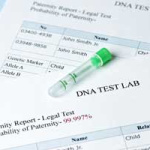
Each company provides different discounts on their tests, depending on their ability to check for health risks, pharmacogenetics diversity or ancestral origin, as well as their coverage of the human genome, if they test for variants of specific chromosomes, and the depth of analysis provided to the customer. Such a wide range of offers makes customer decision-making extremely difficult, leading us to conduct a survey of online literature and customer reviews. Hereby, we provide the names of the most rapidly evolving companies in recent years, to provide comparisons and to help the customer make informed decisions.
Our Top 4 companies are:
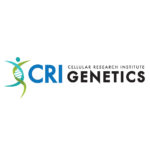
CRI GENETICS (Cellular Research Institute Genetics)
Founded in 2016. Offers both ancestry ($99) and health reports ($199). A highly interactive and detailed report including famous people analysis and ancestry timeline. Discounts up to 20% on all kits
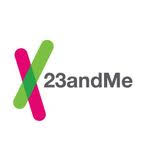
23andMe
Founded in 2006. Offers both ancestry ($99) and health reports ($199).Helps to connect customers to distant relatives with matching DNA profiles. Results accessible in a mobile app. Limited discounts.
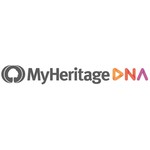
MyHeritage
Founded in 2016. Offers ancestry ($79) and health reports ($199). Results accessible in a mobile app. Uses advanced statistical algorithms for DNA matching. Free service for finding distant relatives using your DNA report, provided by other DNA testing companies (database of 1.5 million individuals). Limited discounts.
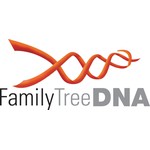
Family Tree DNA
Founded in 2000. Offers a wide variety of ancestry tests using autosomal chromosomes, sex chromosomes and mitochondrial DNA ($89 to $649). Results accessible in a mobile app. Free service for finding distant relatives using your DNA report, provided by other DNA testing companies (database of 1 million individuals). Large discounts.
My opinion
In summary, there is wide variety of DNA testing kits available in the market. Depending upon your geographical location, the collection of buccal swabs and digital delivery of your ancestry and health reports should be completed within four weeks of ordering online. Although ancestry tests can help you to understand your roots with high degree of probability, the health reports may not be that useful, unless they are recommended by your doctor for confirming the presence of some rare genetic disease.
References
- https://www.ncbi.nlm.nih.gov/pubmed/3840867
- https://www.genome.gov/25520492/online-education-kit-2003-human-genome-project-completed
- https://www.geneticsillustrated.com/harnessing-the-power-of-genomics-to-fight-disease/
- https://www.ncbi.nlm.nih.gov/pubmed/14585618
- https://www.fda.gov/drugs/science-research-drugs/table-pharmacogenomic-biomarkers-drug-labeling
- https://en.wikipedia.org/wiki/AmpliChip_CYP450_Test
- www.23andMe.com
- https://www.ncbi.nlm.nih.gov/pubmed/21668909
- www.crigenetics.com
- www.myheritage.com
- www.familytreedna.com

Being a geneticist with a statistical background, I have been actively involved in studying influence of genetics on drug response.
I have now gone from specific to the general, and my interest in the field is deep, abiding and long term. I hope to be counted in my field with a strong background in epidemiology, statistics and clinical research.
My current interest include use of Mendelian Randomization to unearth causal association of biomarkers.
